japanese pagoda tree invasive
It is susceptible to certain diseases and pests making it overall a fairly vulnerable species. It showed exceptional vigor and was drastically different from the.

Japanese Pagoda Tree Styphnolobium Japonicum Fabales Fabaceae Leguminosae Eddmaps
Tree has outstanding ornamental features and could be planted more Invasive potential.
. Parking lot island. Tree profile name botanical. Under certain environmental conditions some tree species may develop a multi-stemmed or short growth form of less than 13 ft.
Japanese pagoda tree. Honeylocust Gleditsia triacanthos var. NC State Universitys legendary plantsman the late JC Raulston found this wild plant in 1985 while visiting Korea.
Japanese pagoda tree is a deciduous species that grows quickly into a 75-foot 23 m tree with a broad rounded crown. The Pagoda tree is highly valued because it blooms very profusely in late summer. Little if any potential at this time Ozone sensitivity.
GENERAL INFORMATION Scientific name. The tree is also used as a street tree since it tolerates urban pollution. No special winter interest Outstanding tree.
Preferred Scientific Name. Princeton Upright Scholar Tree Princeton Upright Japanese Pagoda Tree. For something special in your garden this is the tree to choose.
With its large white flowers in spring followed by clusters of black berries loved by birds this native tree is ideal for small gardens shady places and natural plantings. It is by Robert Vidéki at Doronicum Kft. Parking lot island 100-200 sq ft.
Some listed trees are considered to be invasive species and should only be planted in locations where they are not likely to spread into native woodlands. It is resistant to pests drought and pollution. It is a medium to large deciduous tree that typically matures to 50-75 less frequently to 100 tall with a broad rounded crown.
Sophora japonica-- Scholar Tree Page 3 Other Figure 3. Sophora japonica Where to Look. In the United States the tree is by and large considered non-invasive.
Fruits make very slippery ground when they fall. Japanese Pagoda Japanese pagoda is a large deciduous tree native to China It is an upright forming a lacy canopy of dark green pinnate leaves. 4 to 5 m in height.
Seed pods appear in the summertime which can cause serious litter on the ground. Pagoda Dogwood Cornus alternifolia Canker disease is a problem in Eastern NY Witch Hazel Hamamelis virginiana. Japanese pagoda tree Styphnolobium japonicum Snowbell Styrax japonicus Styrax obassia Tree lilac Syringa reticulata Baldcypress Taxodium distichum Yew.
Sophora japonica Princeton Upright Pronunciation. A delightful shade tree it doubles as an ornamental in the garden. Trees are perennial woody plants with a single stem trunk normally greater than 13 to 16 ft.
Sapindus drummondii Western Soapberry An attractive small native tree with glossy compound leaves and excellent deep yellow-gold fall color. The pagoda tree was also long favored as a grave marker for Buddhist monks. It is hardy to -25F 317C.
Japanese pagoda treeSophora japonica Family Fabaceae Pea family Plant Identification. Leaves are dark green and divided into several leaflets. The Pagoda tree is capable of growing in all soil types although it grows best in well drained loamy soils and in full sun conditions.
The domestication of this tree makes it difficult for it to survive without human care. Styphnolobium japonicum commonly called Japanese pagoda tree or Chinese scholar tree is native to China and Korea but not Japan. Japanese Angelica Tree Aralia elata.
5A through 8A Fig. In Japan Europe and North America it has been introduced as a flowering tree. Not native to North America.
The weakness of the wood itself causes the tree to be affected by strong weather. In summer clusters of sweet-pea shaped blossoms are produced followed by seedpods. Staghorn Sumac Rhus typhina Dissecta Cutleaf cultivar will spread Amur Cork Tree Phellodendron amurense.
A clusters of creamy white-green fragrant flowers appear in summer. Sah-FOR-uh juh-PAWN-nih-kuh Common names. The Pagoda Dogwood is a little-known tree that can bring real grace to cold gardens.
The species tree must be at least 10-years-old to bloom but the cultivar Regent blooms at six to eight-years-old. 4 m in height. Its German name Schnurbaum comes from the constricted seed in the seed capsule.
Gymnosperm Angiosperm Trees. The Japanese pagoda tree is a deciduous tree. It is by Robert Vidéki at Doronicum Kft.
The following species have been reported to be invasive in natural areas in the U. 2 A recommended goal is to plant. Styphnolobium japonicum L Schott previously.
When discovered growing out in the wild its often by itself flourishing. It is generally cultivated for its attractive compound foliage and fragrant. The Japanese pagoda tree is originally from China.
Styphnolobium japonicum L Schott. Weeping scholar tree weeping Japanese pagoda tree. Image 5399188 is of Japanese pagoda tree Styphnolobium japonicum trees.
Image 5396099 is of Japanese pagoda tree Styphnolobium japonicum fruits. Since then its been linked with legends of demonic possession. Invasive- northeastern Asia to central China Euonymus alatus var.
Flowers are showy creamy-white on upright panicles up to. This plant is an invasive species in North Carolina Description. Foliage of Scholar Tree.
One is that in the 17th century Emperor Chongzhen the final Ming Dynasty emperor hanged himself from such a tree when he lost his kingdom to the revolution. Optimum conditions for growth. Surface roots are usually not a problem Winter interest.
Palmatum plantanoides pseudoplatanus Japanese Norway Sycamore maple Invasive Actinidia arguta Hardy kiwi Threat Aegopodium podagraria Goutweed Invasive Agrostis capillaris Colonial bent-grass Invasive Ailanthus altissima Tree of Heaven Invasive Akebia quinata Five-leaved akebia Invasive Albizia julibrissin Mimosa Invasive.
Japanese Pagoda Tree Becoming Popular In U S Cities What Grows There Hugh Conlon Horticulturalist Professor Lecturer And Gardener

Weeping Japanese Pagoda Tree Stock Photo Image Of Botany Japanese 179370186

The Greatest Trees Of Nyc Japanese Pagoda Tree Boathouse Prospect Park
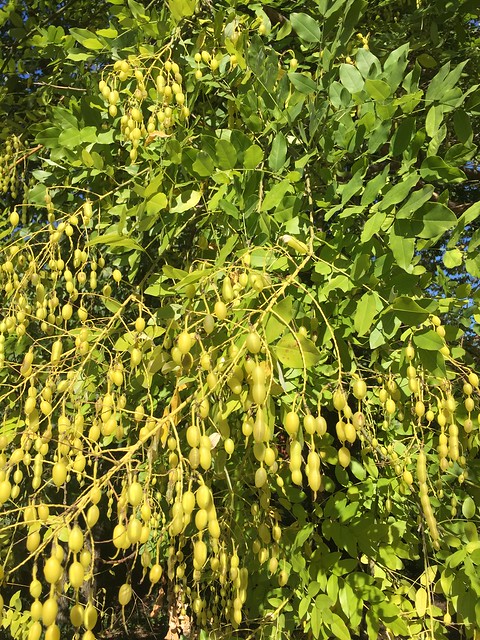
Japanese Pagoda Tree Chinese Scholar Tree

Japanese Pagoda Tree Styphnolobium Japonicum Fabales Fabaceae Leguminosae 5539402

Styphnolobium Japonicum Landscape Plants Oregon State University

Japanese Pagoda Tree Styphnolobium Japonicum Fabales Fabaceae Leguminosae 5539401

Millstone Japanese Pagodatree Naturehills Com

The Greatest Trees Of Nyc Japanese Pagoda Tree Boathouse Prospect Park

Japanese Pagoda Tree Styphnolobium Japonicum Fabales Fabaceae Leguminosae 5398737
Enh 750 St592 Sophora Japonica Scholar Tree
Japanese Pagoda Tree Becoming Popular In U S Cities What Grows There Hugh Conlon Horticulturalist Professor Lecturer And Gardener

Styphnolobium Japonicum Landscape Plants Oregon State University
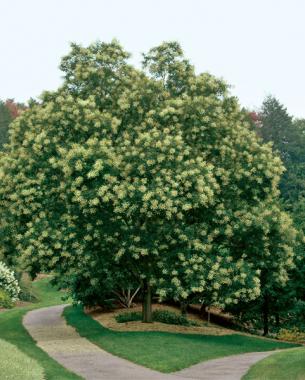
Fast Growing Trees For Impatient Gardeners Finegardening
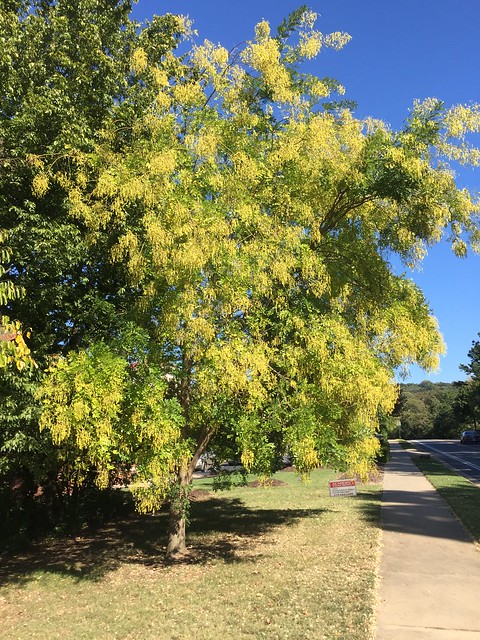
Japanese Pagoda Tree Chinese Scholar Tree
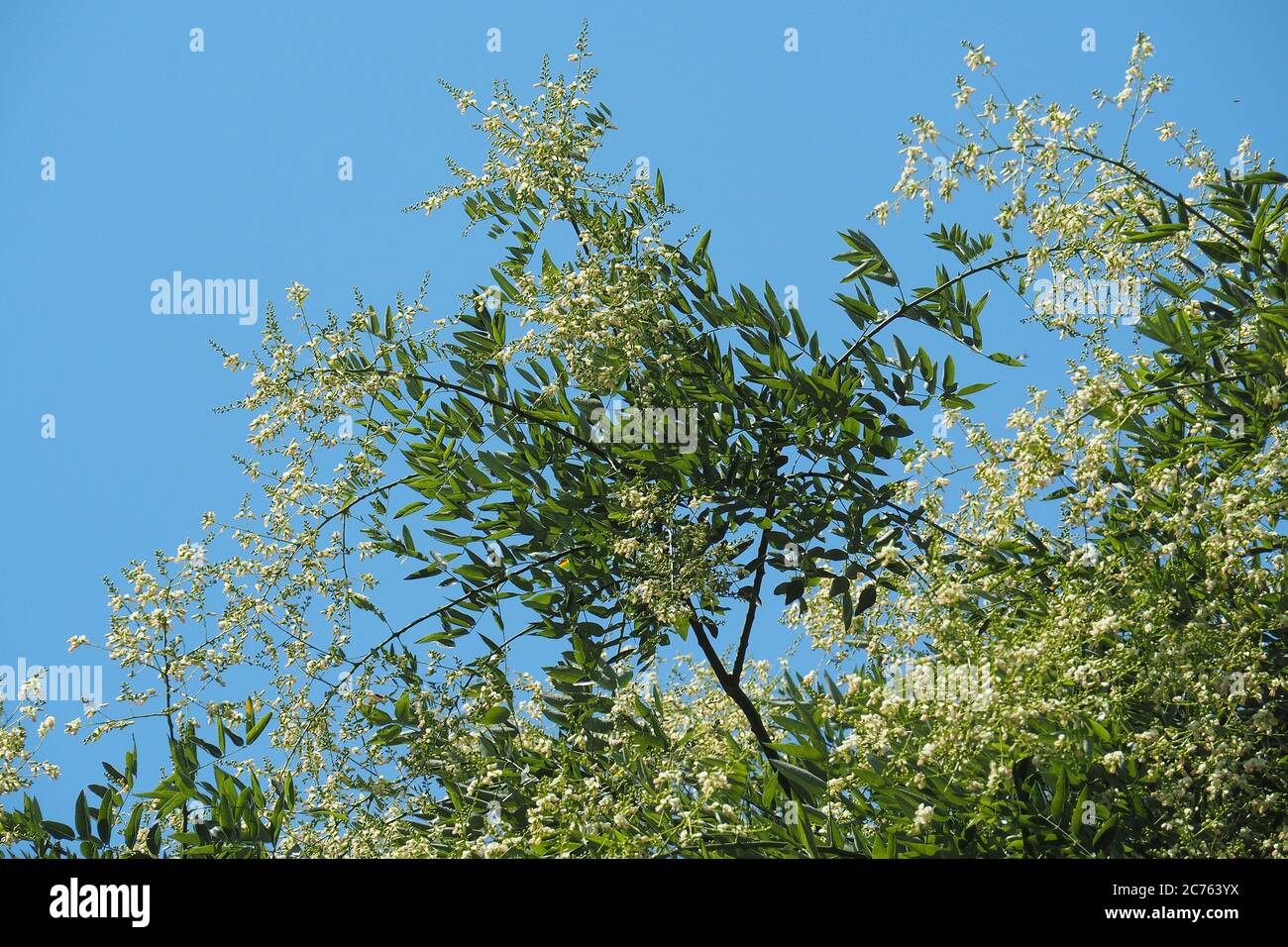
Japanese Pagoda Tree Japanischer Schnurbaum Styphnolobium Japonicum Sophora Japonica Kozonseges Pagodafa Japanakac Stock Photo Alamy
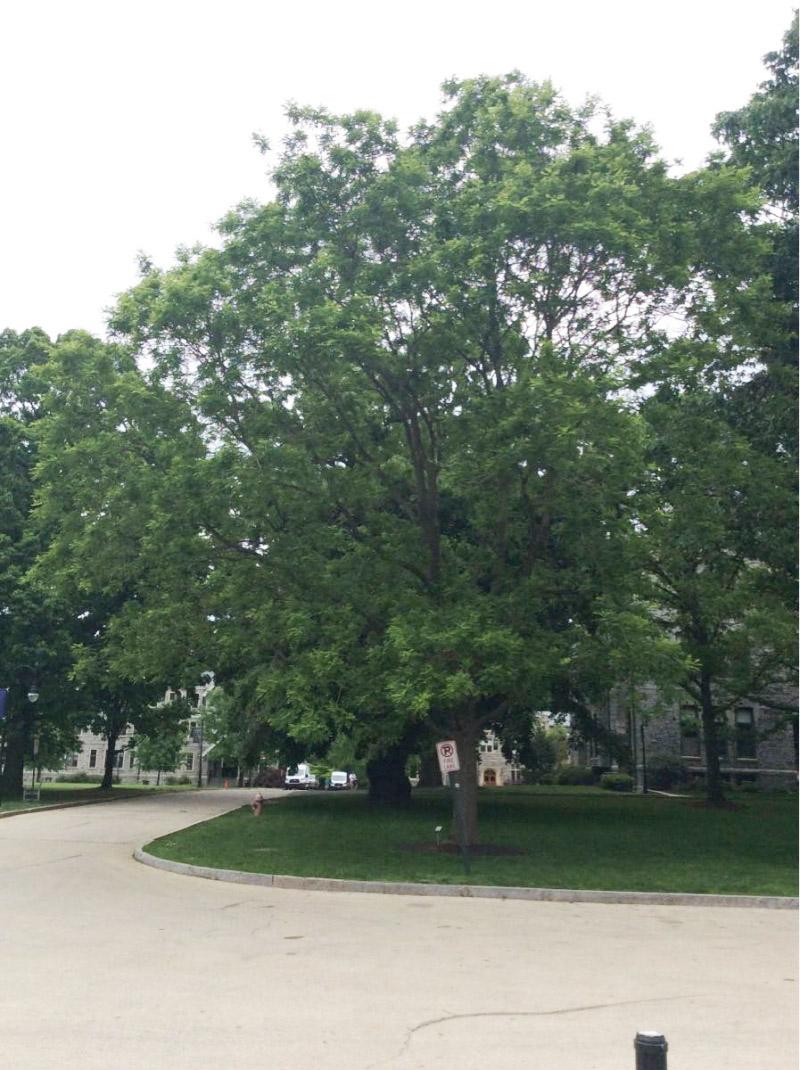
Japanese Pagoda Tree Styphnolobium Japonicum Bryn Mawr College

Japanese Pagoda Tree Styphnolobium Japonicum Fabales Fabaceae Leguminosae 5396099
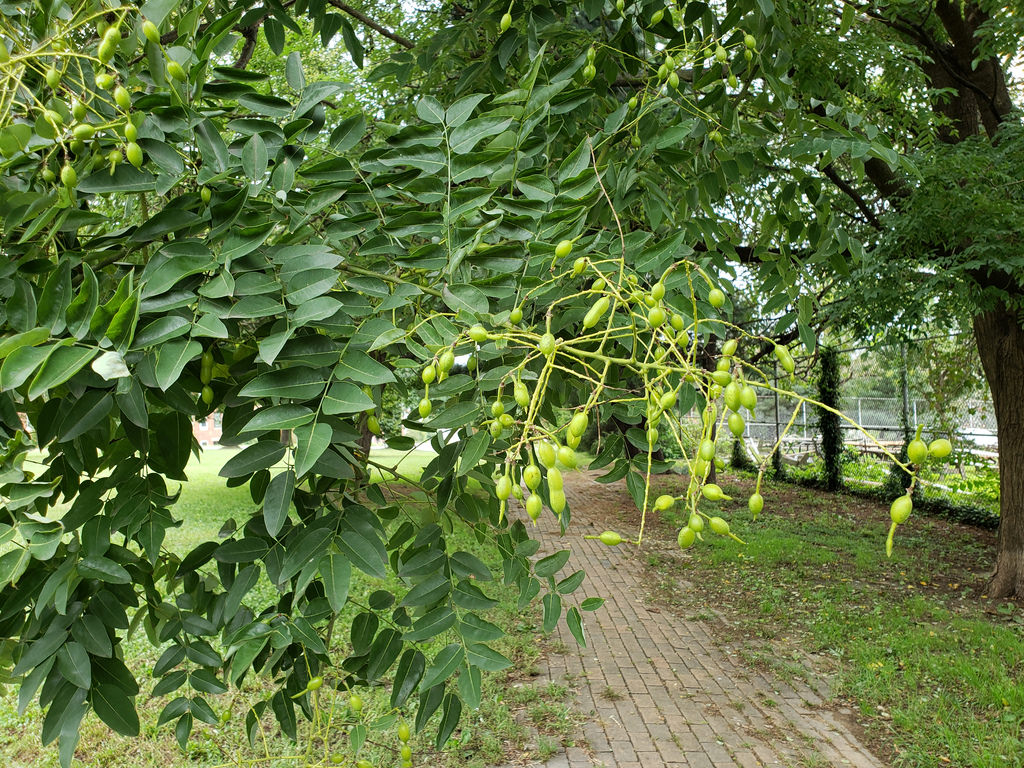
Maryland Biodiversity Project Japanese Pagoda Tree Styphnolobium Japonicum